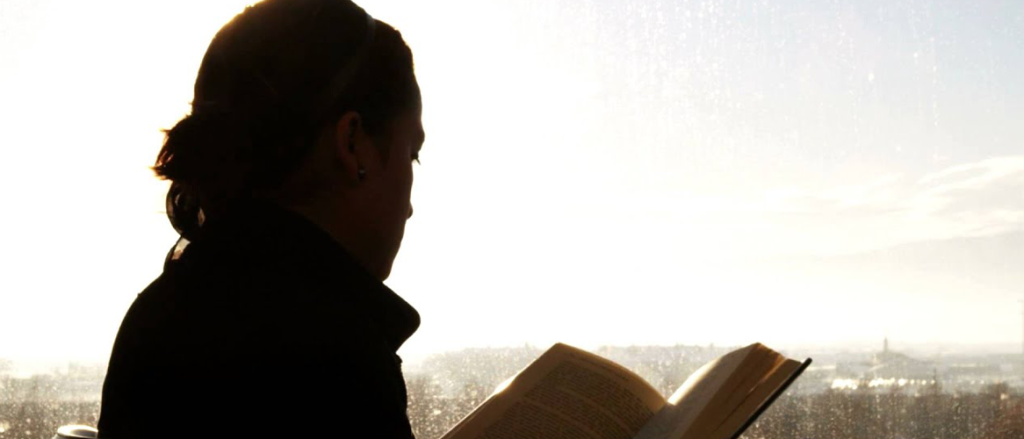It’s the Preference of the Artist
When designing the cover for your book, the artist has many choices to grab the attention of the reader!
Do you want the cover to have a screaming title or have the main picture on the page pop from the rest of the print?
This special effect is called Spot varnish/overprint varnish used on a specific area which highlights the image on the page.
You can also add embossing of the image to give a raised effect. For spot varnish the norm is to use a UV Coating. One of my favorite effects or options for the cover is a Matte lamination with Spot UV. This is great when you want to emphasizes a shinny area while all the other areas are dulled or matte finished.
There are many clear coatings to choose, UV coating, aqueous varnish, matte (dull) varnish and matte lamination, satin or glossy varnish and glossy lamination to finish!
Aqueous coating provides good protection to pieces that may be handled a lot (doesn’t leave finger prints), good finish for a children’s book, cook books or reference books. Aqueous coating is a fast drying water base protective coating, applied right after the ink is laid on the coated paper. The reasoning of why this is more expensive than other coatings is due to the chemicals used damages the roller in the process.
There are two types of laminates film and liquid. Great coating protection; for the book cover, if you want to prevent finger print smudges or water resistance. The film or liquid is laid down over the sheet and cures like a varnish.
UV coating is clear liquid spread over the paper like ink then dries instantly with ultraviolet light. UV’s are mostly used on spot coatings. Be sure to keep your spot coating away from the scoring of the cover or folds.
Varnish is basically ink without pigment. It requires its own printing unit, which would be a 5th unit. You can choose a gloss, dull or satin finish.
Being the designer for a book, there are many options to inspire your creative mind.
Please contact PRC Book Printing to assist you on the many options for the artist’s preference at info@prcbookprinting.com

